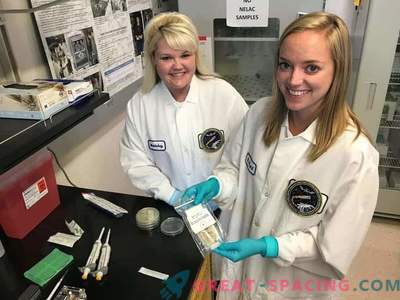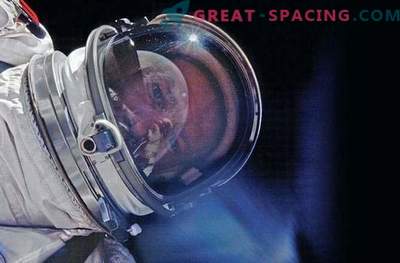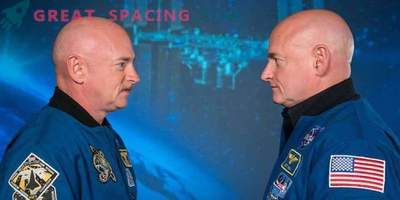
People who sent photos to the #MemoriesInDNA project chose images of family members, favorite places and delicious food that will be stored for years in the form of synthetic DNA. Now this collection (more than 3000 photos), which is still growing, will be sent to the final station - space.
The Arch Mission Foundation, a nonprofit organization that creates archives that can exist for a long time in space, announced on September 28th that it was collaborating with researchers from the University of Washington, Microsoft and Twist Bioscience to include media carriers in DNA in the latest shipment that was destined to be on the Moon in 2 years. That is, they plan to create an archive in the form of DNA that will contain data from the #MemoriesInDNA project.
To prepare DNA for life in space, researchers are developing new methods for packaging and protecting information. Sending DNA to space is a great way to make storage more secure. But how to protect this information so that it can be read even thousands of years later?
Saving electronic data in DNA molecules saves a lot of space. Data centers need acres of territory and take away almost 2% of total US electricity consumption, but DNA molecules can save information millions of times more compactly with less energy.

The lunar library will also contain pages in the form of analog microfiches on thin nickel sheets. The team is working to create a storage system in space conditions The main process converts the strings of the numeric units of information and zeros into four main building blocks of DNA sequences: adenine, guanine, cytosine, and thymine. This DNA does not come from living organisms, but is synthesized from scratch (letter by letter). In space, cosmic rays are capable of breaking DNA strands, making them unreadable. Therefore, technicians are working on methods that will guarantee the ability to decode all information under any conditions.
The first method is based on physical redundancy, where they add several copies of each DNA strand to the archive. If one copy is destroyed, then there are many more copies with the same information. There is even the option of adding billions of copies for each thread. The second direction is logical redundancy, where information about the data is transmitted within the DNA itself, for example, adding information about how the two pieces of the puzzle are combined. If everything goes according to plan, then by 2020 the Lunar library will be delivered to the surface of the Earth’s satellite.
You still have the opportunity to add your images to the #MemoriesInDNA project. Details can be found on the official website or write to the mail [email protected]. Photographs must not be copyrighted and contain violent or other inappropriate content.











































